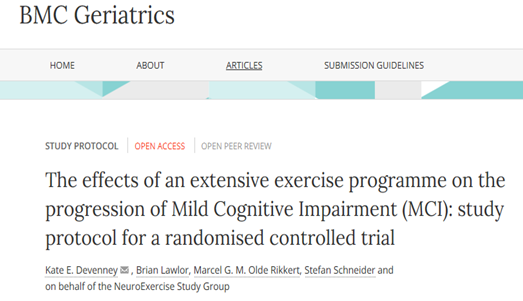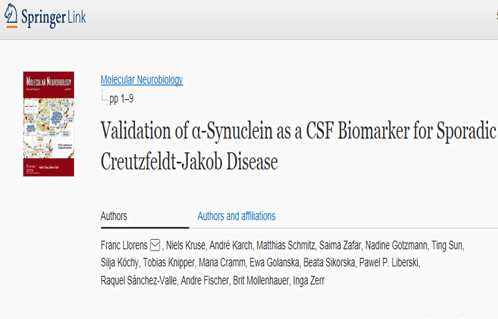
New research has shown that intestinal bacteria can accelerate the development of Alzheimer’s disease. According to the researchers behind the study, the results open up the door to new opportunities for preventing and treating the disease.
Because our gut bacteria have a major impact on how we feel through the interaction between the immune system, the intestinal mucosa and our diet, the composition of the gut microbiota is of great interest to research on diseases such as Alzheimer’s. Exactly how our gut microbiota composition is composed depends on several factors, including which bacteria we receive at birth, our genes and our diet.
By studying both healthy and diseased mice, the researchers found that mice suffering from Alzheimer’s have a different composition of gut bacteria compared to mice that are healthy. The researchers also studied Alzheimer’s disease in mice that completely lacked bacteria to further test the relationship between intestinal bacteria and the disease. Mice without bacteria had a significantly smaller amount of beta-amyloid plaque in the brain. Beta-amyloid plaques are the lumps that form at the nerve fibres in cases of Alzheimer’s disease.
To clarify the link between intestinal flora and the occurrence of the disease, the researchers transferred intestinal bacteria from diseased mice to germ-free mice, and discovered that the mice developed more beta-amyloid plaques in the brain compared to if they had received bacteria from healthy mice.
The researchers say that their study points to a direct causal link between gut bacteria and Alzheimer’s disease. As a next step, the researchers will test new types of preventive and therapeutic strategies based on the modulation of the gut microbiota through diet and probiotics.
Paper: “Reduction of Abeta amyloid pathology in APPPS1 transgenic mice in the absence of gut microbiota”
Reprinted from materials provided by Lund University.



 Biologists have known for decades that enduring a short period of mild stress makes simple organisms and human cells better able to survive additional stress later in life. Now, scientists have found that a cellular process called autophagy is critically involved in providing the benefits of temporary stress. The study, published in Nature Communications, creates new avenues to pursue treatments for neurological disorders such as Huntington’s disease.
Biologists have known for decades that enduring a short period of mild stress makes simple organisms and human cells better able to survive additional stress later in life. Now, scientists have found that a cellular process called autophagy is critically involved in providing the benefits of temporary stress. The study, published in Nature Communications, creates new avenues to pursue treatments for neurological disorders such as Huntington’s disease.